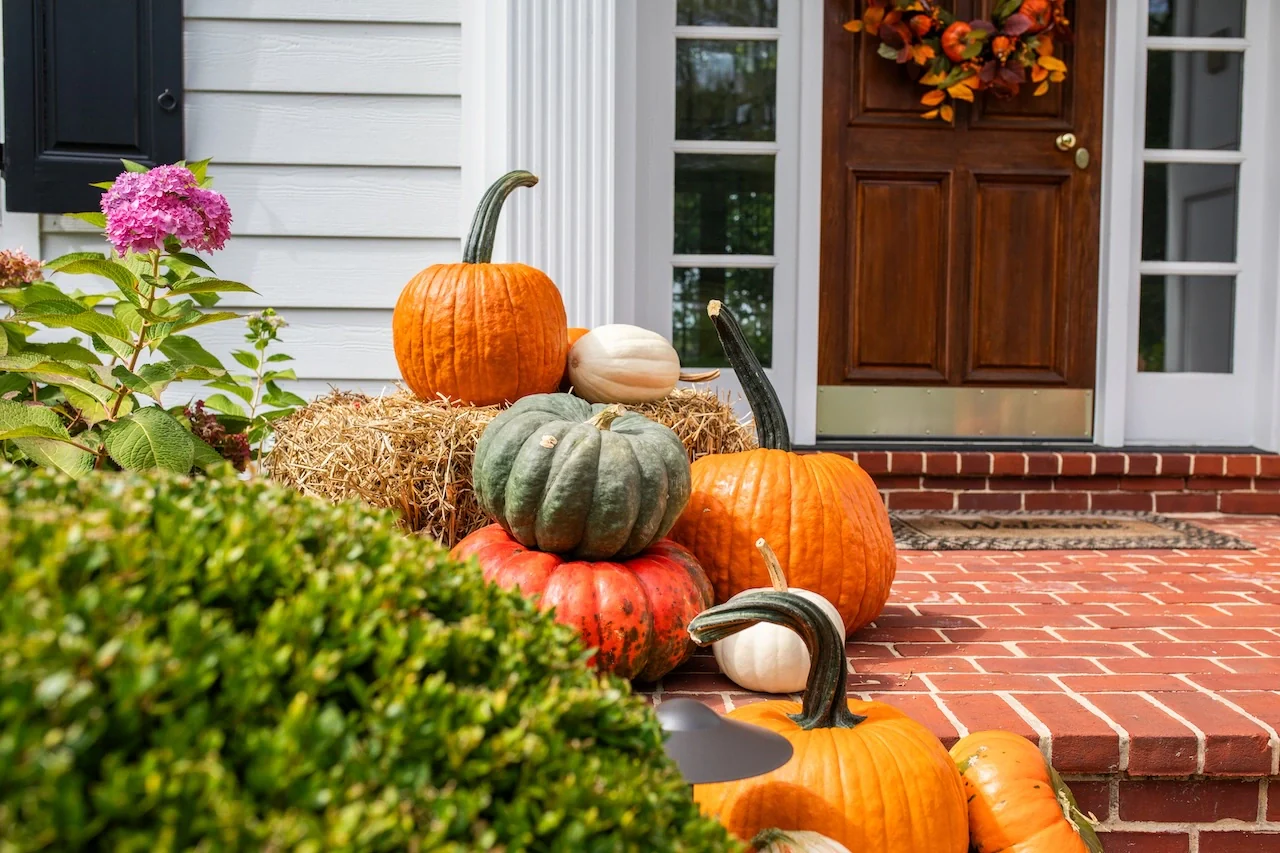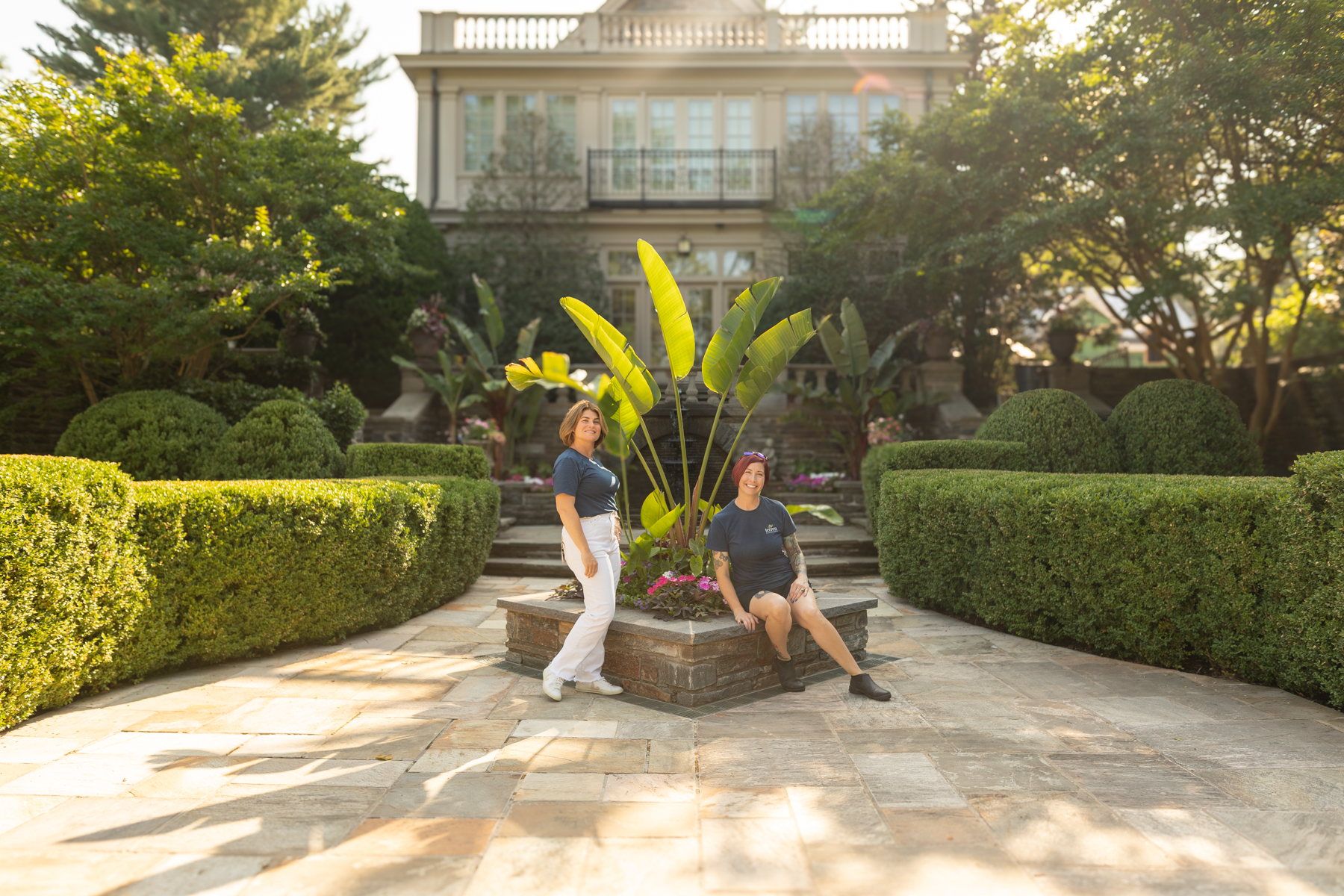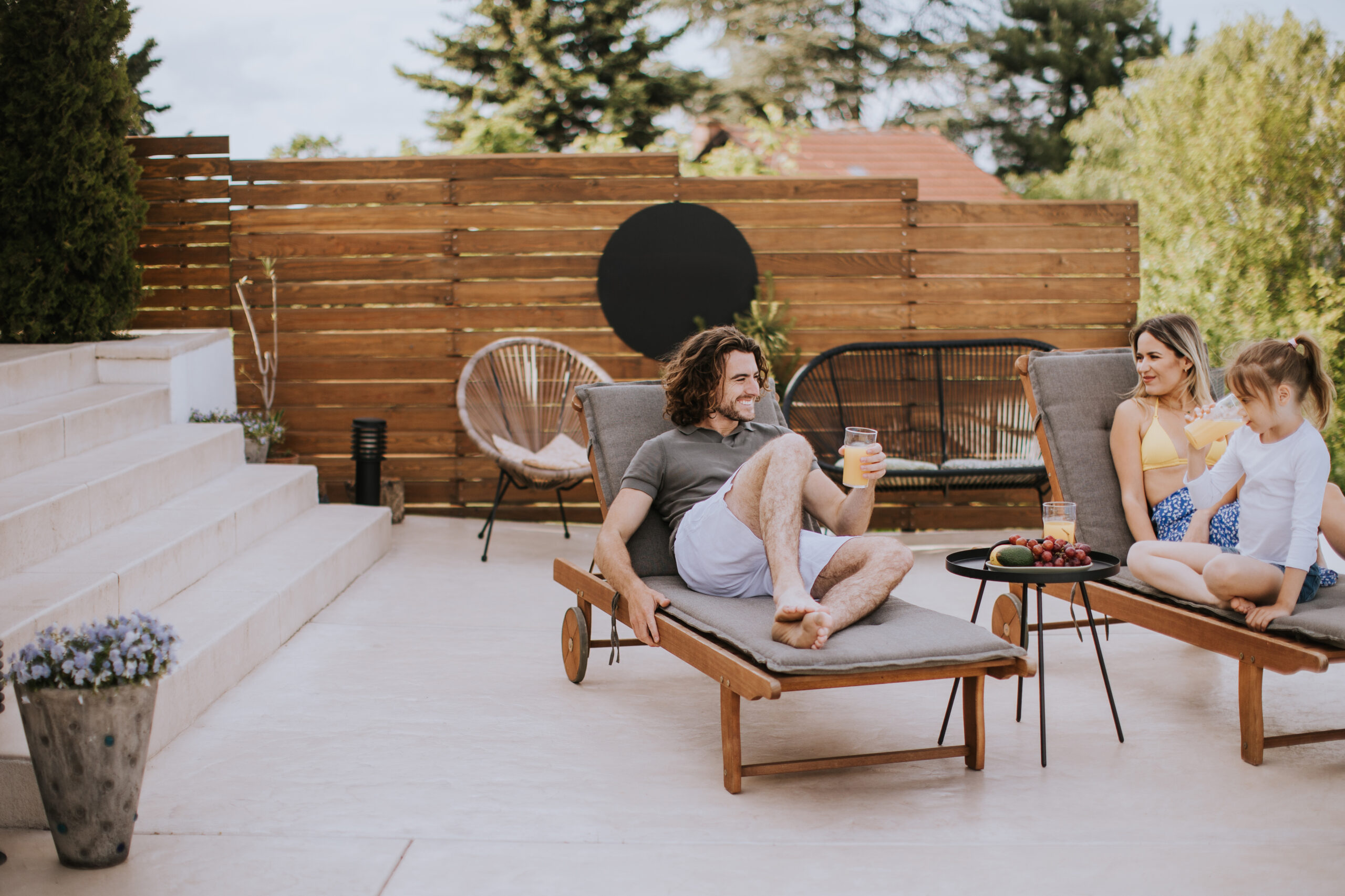You’ve seen your share of stone block driveways, sidewalks, and walkways–sure. And you may have driven over Germantown Ave in Philadelphia cursing the bumpiness and drooling over the old-world aesthetic at the same time. But have you ever stopped to ask why we use these irregular little blocks so much–even today when we have concrete pavers, bricks, and asphalt readily at our disposal?

The answer is relatively simple actually–they’re beautiful and they last. This double knockout punch of quality and presentation is enough to sway homeowners’ hearts all over the world. But back in the early days of the United States, and much farther back elsewhere, they were utilized for function too. Cobblestones offered better grip for horses, an alternative to muddy roads, and a seemingly endless source of building material straight from the adjacent Delaware River.
Those cobblestones were different however. While you can still find the river-picked stone preserved on at least one small side street in the Old City neighborhood of Philadelphia, elsewhere it’s been replaced by its frequently mislabeled cousin: Belgian Block. This rectangular stone (as opposed to the more ooblong, river rock shape of the real cobblestone before it) is actually granite, specifically quarried and processed to have a more consistent shape. That flatter and more consistent shape led it to replace almost all off the original cobblestone in the early 1900’s.


So when you say cobblestone, you probably mean Belgian Block (or sett as it’s also referred to). This is what you see on Germantown Ave and in driveway aprons and borders all over the world. But the semantic distinction isn’t widely known. So refer to it however you want–your landscaper will know what you’re talking about and review before finalizing any plans.
What else might you need to know about Belgian Block before you ask for it in your landscape? One thing to keep in mind will be the price. It’s more expensive than concrete pavers, bricks, or asphalt for sure. But that higher price is well earned. Belgian Block is more resistant to weather and foot-traffic damage than concrete pavers or brick, and it has a rustic, European appeal you simply can’t get with anything else. This means it will add more value to your property, and can be relied on to last. With that in mind, it may be well worth the initial investment.
If you’re interested in using it, consider how it could be used to border your driveways or walkways. Or if you’re feeling ready for a big change, ask your landscape designer about doing a driveway apron. The difference will be incredible–and it’ll last.




